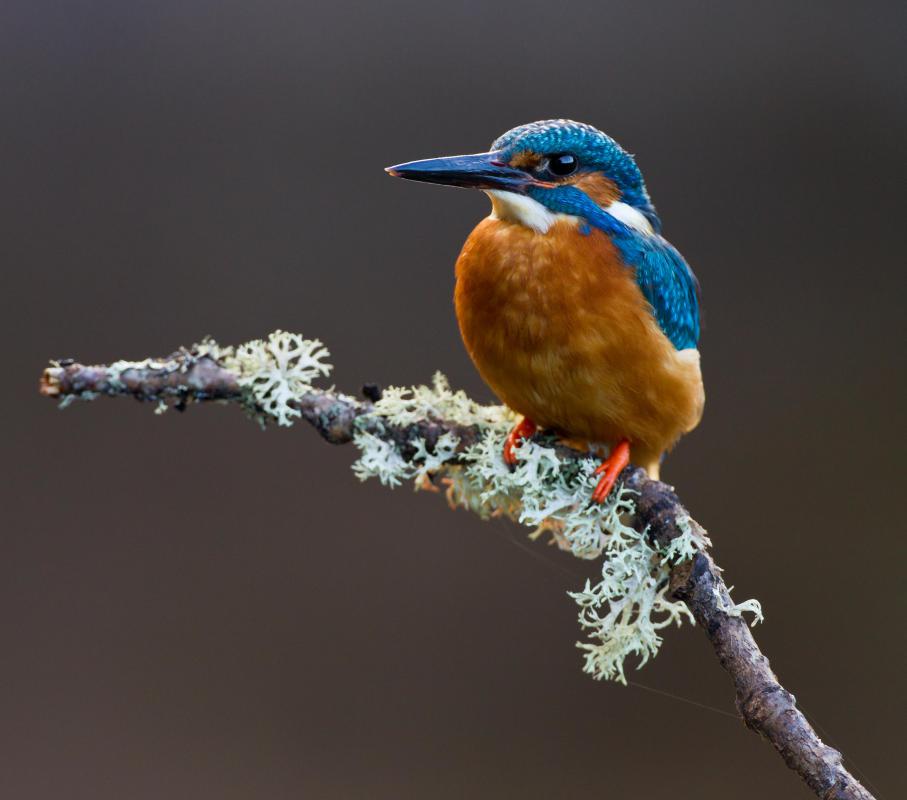At AllThingsNature, we're committed to delivering accurate, trustworthy information. Our expert-authored content is rigorously fact-checked and sourced from credible authorities. Discover how we uphold the highest standards in providing you with reliable knowledge.
What is a Belted Kingfisher?
The belted kingfisher is a North American bird that typically dwells in wetland and shoreline areas. These kingfishers can be found living in both salt- and fresh-water habitats. They feed mostly on small fish and aquatic animals. Most members of the species migrate south in the winter, some as far as South America, while others inexplicably remain behind. The belted kingfisher usually burrows into sandbanks to nest and lay its eggs.
Unlike many species of bird, the female belted kingfisher is generally far more brightly colored than the male. Belted kingfishers are believed to be one of the few kingfisher species who inhabit a temperate, rather than tropical, climate. These birds are often found in the marsh and shoreline areas of North America. Adult belted kingfishers typically weigh between 140 and 170 grams (4.9 to 5.9 ounces). The females are generally more colorful than the males, with blue plumage on the back, and white and brown plumage on the breast.

These birds feed on small fish, such as minnows, crayfish, and other small aquatic animals. Belted kingfishers typically make their homes in sandy banks along shorelines and in marshes. They can live near both fresh and salt water sources, but normally require clear water in order to hunt and feed. Most North American belted kingfishers migrate south during the winter months, though some males of the species are known to stay behind, where they must find unfrozen water in which to hunt.

Though scientists don't understand why some males of the species do not migrate, they suspect it may be a means for seeking territorial advantage. The belted kingfisher is a very territorial bird. They use their rattling call to warn other kingfishers away from their territory.
The belted kingfisher typically lays its eggs at the end of an underground burrow, which may be up to 8 feet (2.4 meters) in length. Both the male and the female of the species usually work to construct this burrow, which often slopes upward at its opening to protect the nest from flooding. Construction of the nest usually occurs in the spring and takes between three and seven days.
The female belted kingfisher may lay between five and eight eggs in the nesting chamber at the end of the burrow. These eggs are typically white and glossy in appearance, and must normally be incubated for at least 22 days. Both the female and the male bird typically work together to hatch the eggs.
The eggs of the belted kingfisher usually hatch all at once, within the same 12- to 18-hour period. The young birds generally reach an adult weight and begin to fly after about 16 days of life. Once the young have matured, the parents may leave the area, possibly as a means of giving their territory to their offspring.
AS FEATURED ON:
AS FEATURED ON:












Discuss this Article
Post your comments